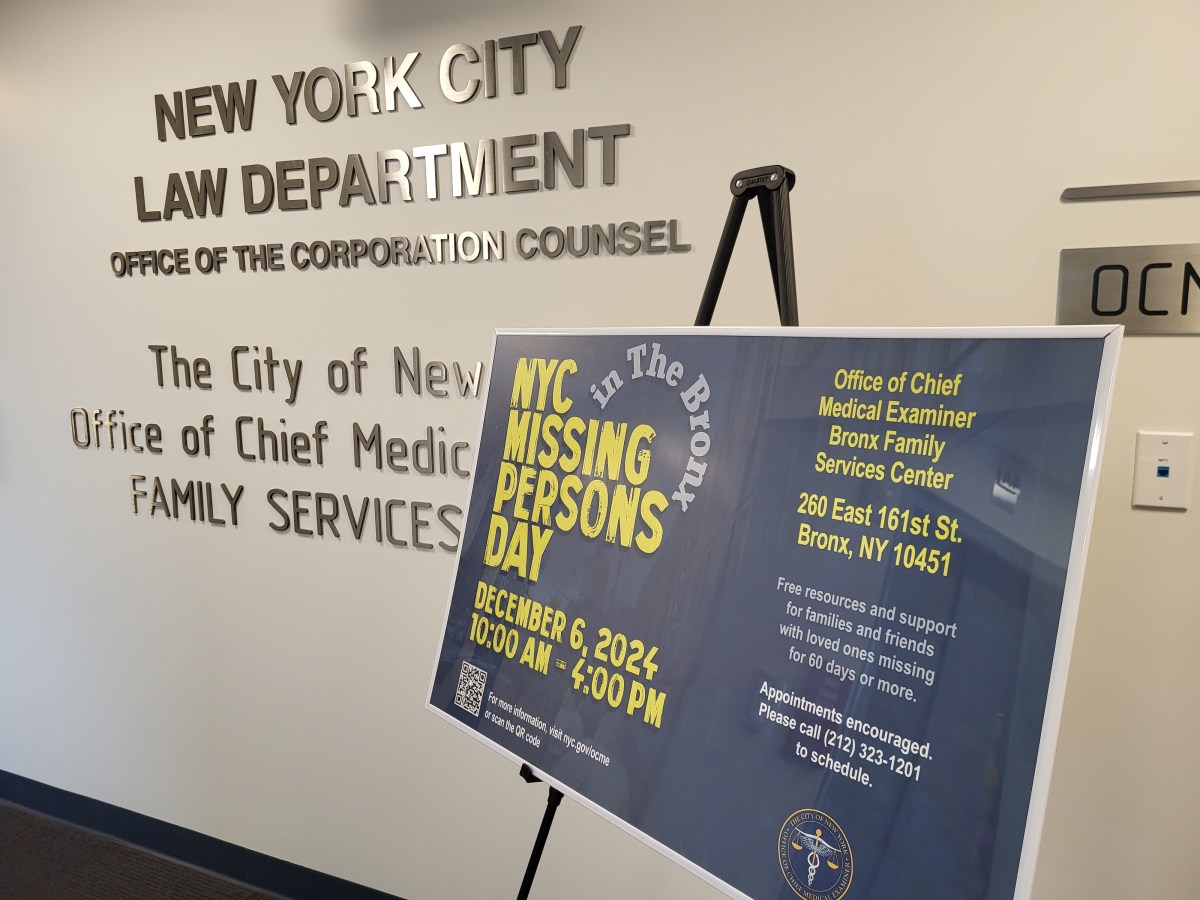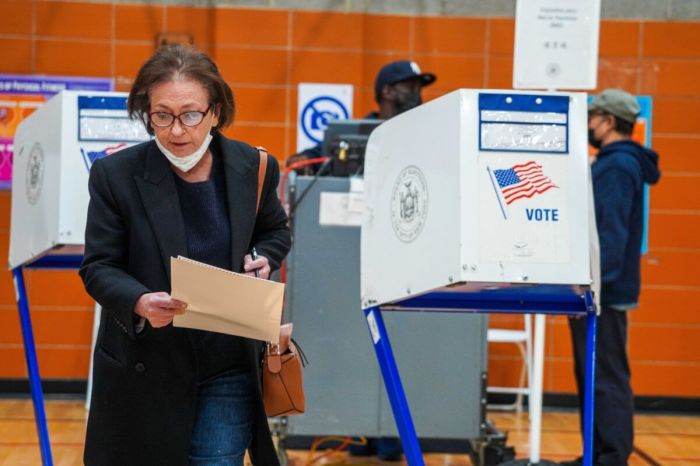Families earning less than $60,000 annually should receive a $500 tax credit to offset private school tuition. That aspect of bills under discussion in Albany makes sense. The credit would give a boost to families that already pay for public school but want their children in a private school, for whatever reason. Almost 230,000 students in New York City attend private schools.
But the wisdom of that plan underscores the weakness of the other core component of two bills, one approved by the Senate and another written by Gov. Andrew Cuomo: They would allow tax credits of 75 to 90 percent on donations of up to $1 million to fund private school scholarships. Building scholarships is a noteworthy goal.
But who benefits here? It’s not just underserved kids. Families eligible to get financial aid from these very donations could have incomes up to $300,000 a year in the Cuomo bill and $250,000 in the Senate version. It would be too easy for a family making $250,000 to give a “donation” to a scholarship fund, earn a tax credit, and then receive “scholarships” from the fund.
The Republican-led Senate and Cuomo favor the tax-credit legislation. Religious and charter schools are pushing hard, too. There’s some support in the Assembly, tempered by the war against the legislation being waged by teachers unions.
Certain aspects of the legislation, like tax credits for donations to public schools and tax credits to reimburse schoolteachers for money they spend on classroom supplies, are slam-dunk great ideas. And the tuition tax credit for lower-income families speaks to a real need. There are some bad public schools in New York, largely in neighborhoods inhabited by lower-income and minority residents. And these parents deserve help.
But the huge gap between the $60,000 income limit for the tuition tax credit and the $250,000 to $300,000 income limit for the recipients of the donations sounds an alarm. The former probably needs to be a little bit higher to give more parents a break and more kids an opportunity. And the latter needs to be much lower to prevent abuses.



































